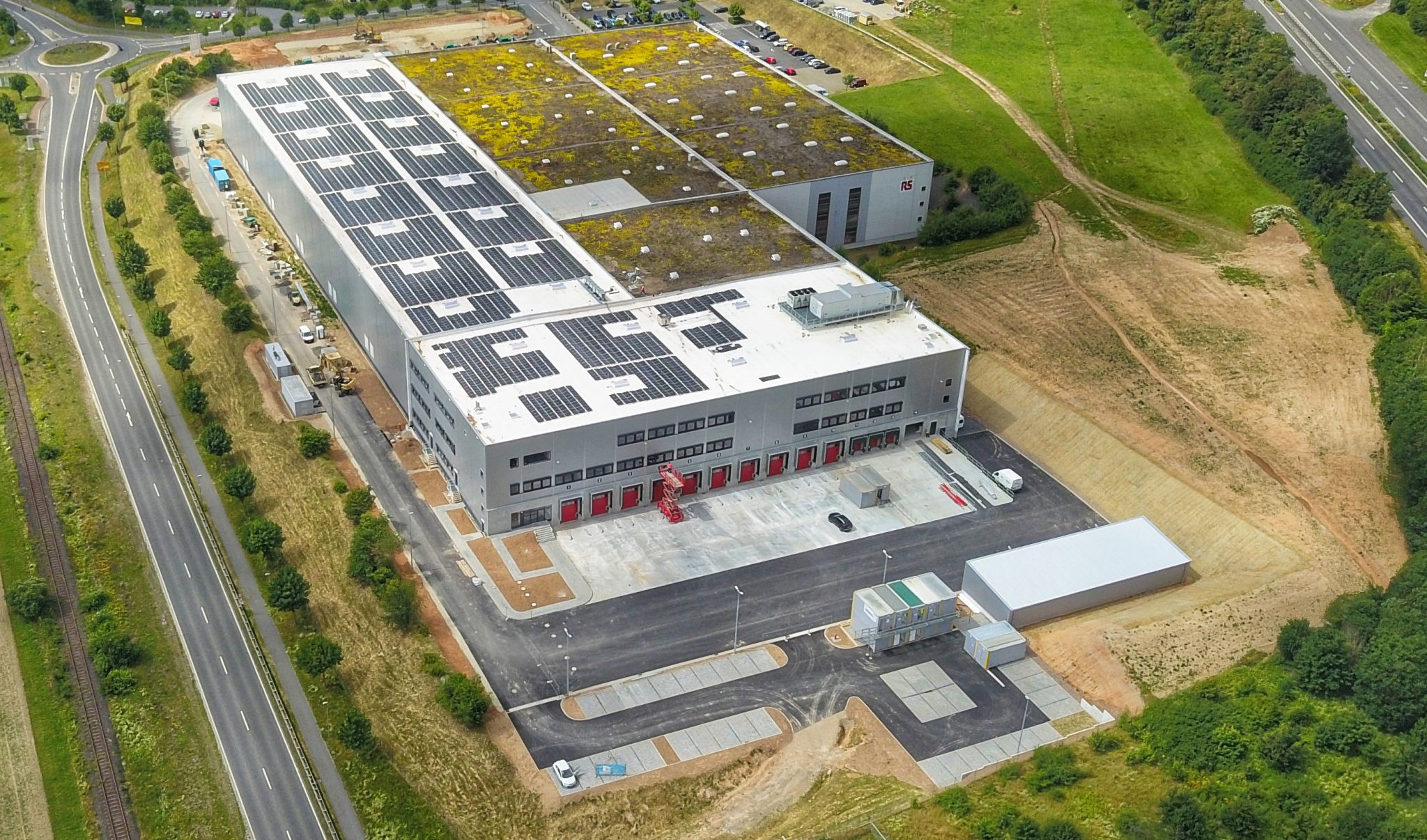Windows CE is due to be discontinued in 2022. Denso Wave Europe, mobile data collection expert, believes the Android operating systems is advantageous.
There is an increased risk of software viruses for Windows CE users. Also, the functional guarantee will expire from March 2022,” explains Dirk Gelbrich, General Manager Technical Department at Denso Wave Europe. “We know this problem. We help our customers, for example in retail and logistics, switch from Windows CE to Android as the new operating system.”
Denso’s latest mobile data collection devices such as the BHT-1700 and BHT-1800, are equipped with Android as the operating system, thus offer stability for the future.
Windows CE has long been the standard operating system for mobile data collection devices. However, there has been a noticeable change in the past five years towards devices based on Android.
Why have so many Windows CE users already switched to Android? Denso Wave sees one of the reasons in the possibility of adding to existing Windows systems without any problems. Other important factors are the extended security features of the Android operating system and the rapidly growing number of innovative devices with Android.
Gelbrich explains another strong advantage of Android: “With Android as the operating system, updates are continuously possible, which means that companies can plan with a stable system for the future.” In addition to stability and consistency, the flexibility of and with Android is an important factor for numerous companies, for example from the logistics or retail sector. “The compatibility with other devices and software is ideal with Android, so that the device management in a company can be carried out very easily. Employees save time, money and effort,” Gelbrich continues.
The Android operating system is an open source platform, meaning that the Android OS enables a quick reaction to new functionalities. Thus, the software can be adapted to the needs of a company. For example, a retailer uses an Android device in different areas than a logistician. With the BHT-1700 handheld terminal or BHT-1800 handheld terminal, equipped with Android, users remain flexible in the long term.
Overall, it is crucial to take the development – away from Windows CE to Android – into account in all planning processes. “When choosing a new operating system, the focus should be on the performance and security of the respective operating system,” recommends Gelbrich. Together with their European partner network, Denso helps migrate existing applications for customers in the logistics or retail sector. For new projects, users could benefit from Denso’s Android devices such as the BHT-1700 or BHT-1800.
The BHT-1700 handheld terminal combines the advantages of an extra-large, shatter-proof screen with the usual input via keyboard. The BHT-1800 handheld terminal offers an extra-large 5-inch display, but without a keyboard. The angled scan head and several quick access keys ensure easy operation. Users can always keep track of things with these mobile computers equipped with Android.







